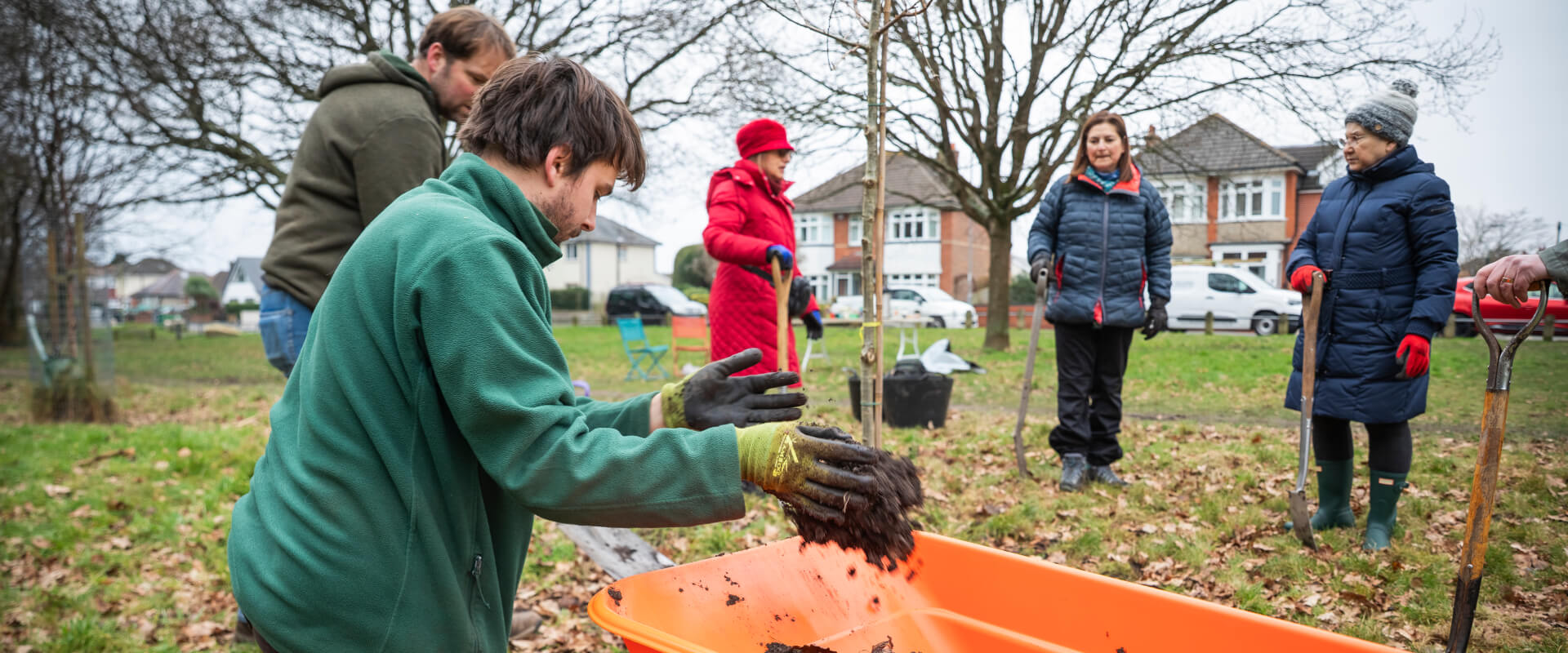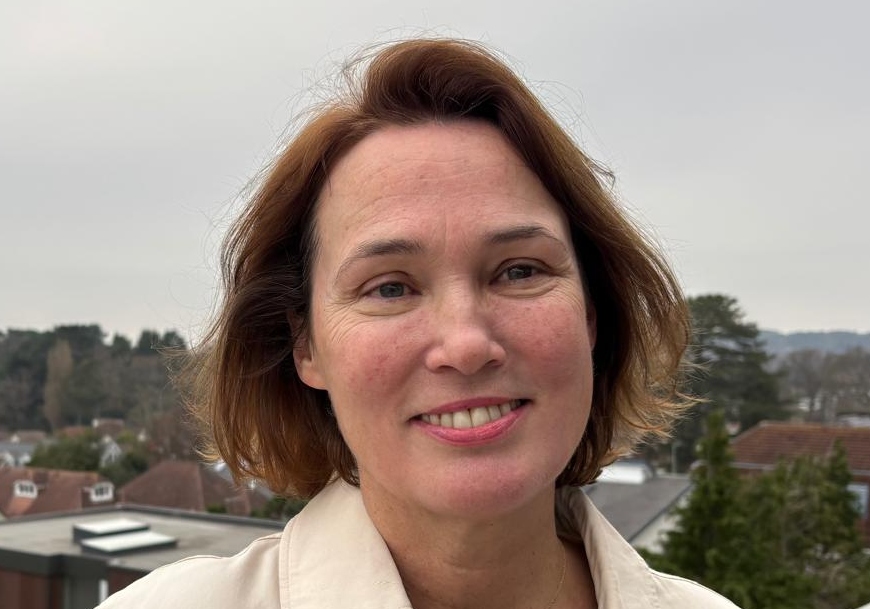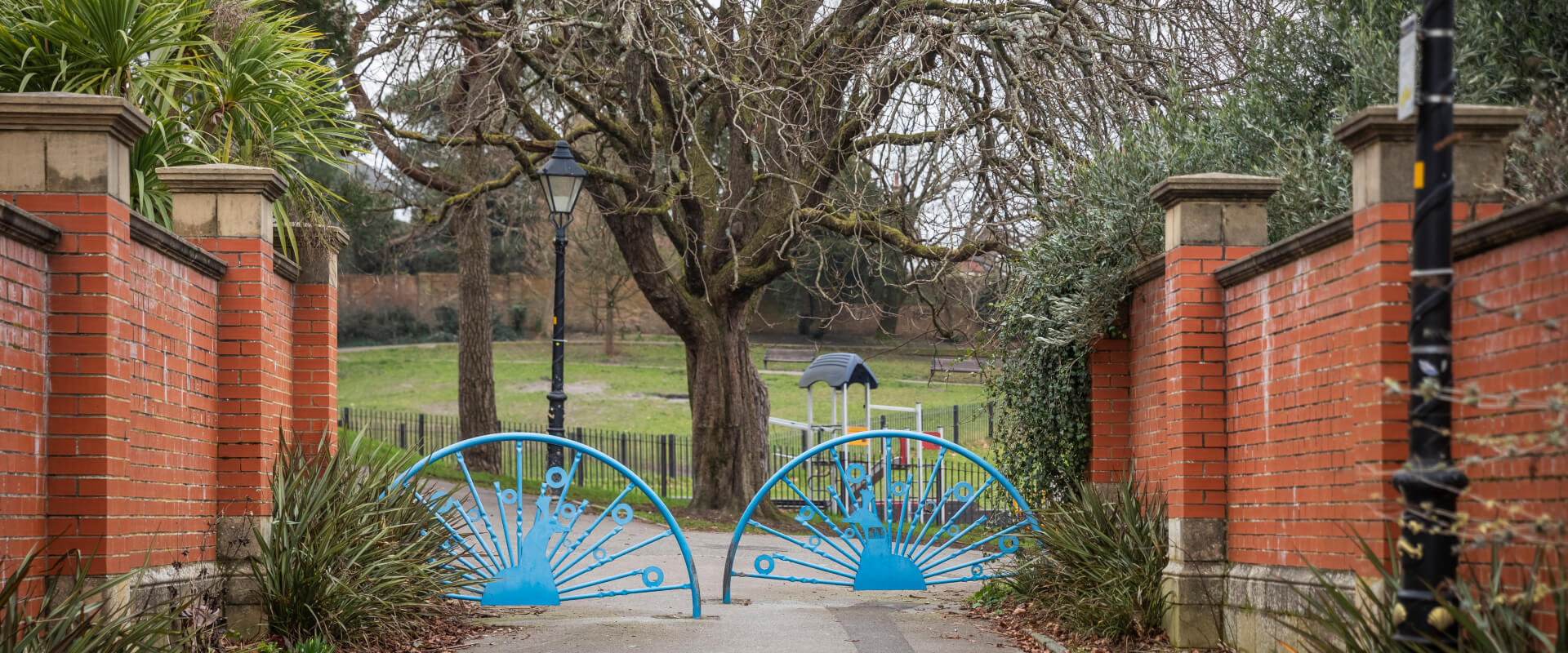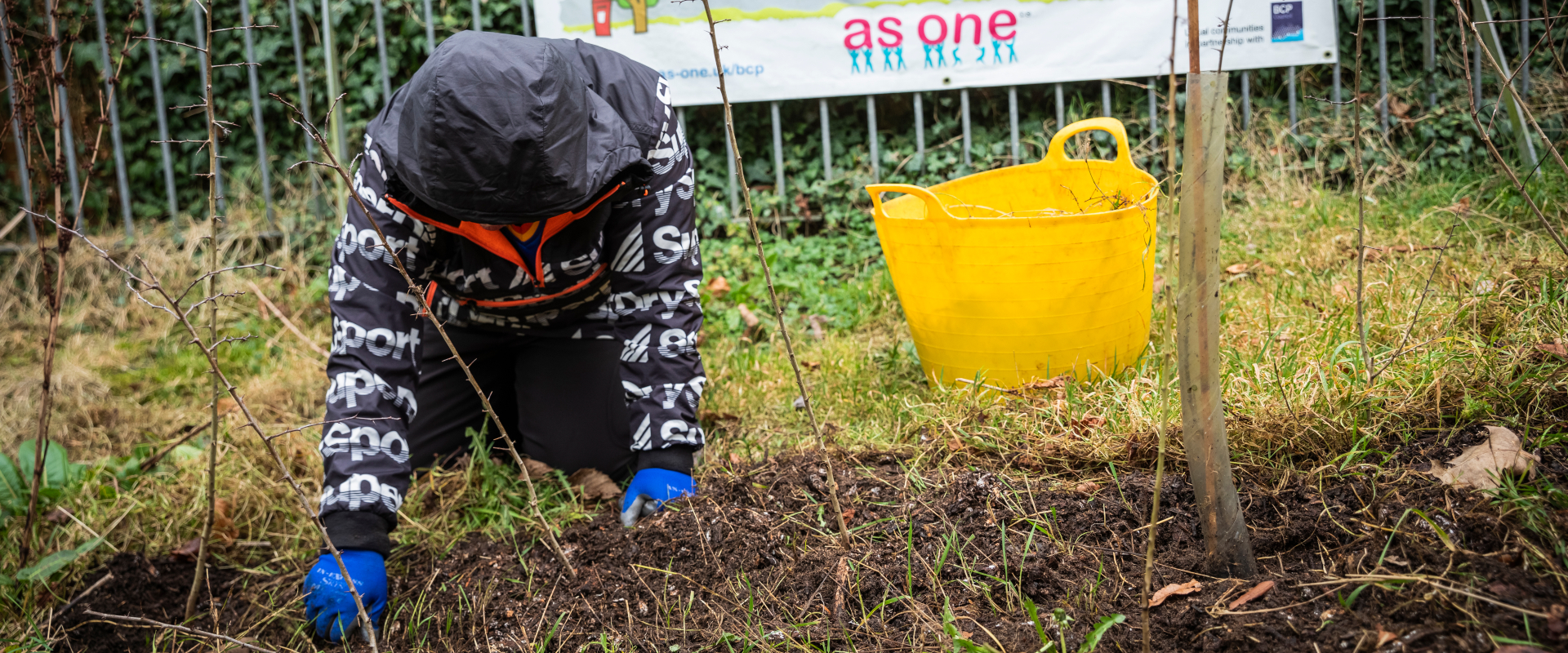
Nature makers: The Parks Foundation
13-03-2025
Meet the nature makers
Case study
Guidance
©National Trust Images / James Dobson

13-03-2025
Meet the nature makers
Case study
Guidance
©National Trust Images / James Dobson
Introducing the team behind the Bournemouth, Christchurch and Poole Council and The Parks Foundation partnership
Strategic Lead for Greenspace and Conservation at Bournemouth, Christchurch and Poole Council

Project Manager for Parks at Bournemouth, Christchurch and Poole Council

Chief Executive Officer at The Parks Foundation

Bournemouth, Christchurch and Poole Council and The Parks Foundation work together to manage, fund and improve their green spaces.
As one of the UK’s first, the foundation has gone from strength to strength over the last decade. It puts communities at the heart of local urban parks to improve health and wellbeing, increase wildlife and biodiversity, and connect people with one another and to nature.
For their tenth anniversary Martin, Janna and John from the Council and Foundation partnership reflect on what it has achieved for people and parks in Bournemouth, Christchurch and Poole, with tops tips to help you set up a parks foundation in your town or city.
Parks foundations are non-profits that enhance parks, with dedicated resource, knowledge and fundraising abilities.
Discover more about how they can help beat budget cuts and improve access to quality green spaces at the heart of urban communities.

©National Trust Images / James Dobson
John shares five major milestones achieved by the Foundation over the last 10 years, from creating nature champions to building wilder communities and celebrating new funding feats.
A decade since The Parks Foundation was set up, the team share ten tips to help you start your own green partnership journey.
Clearly define what’s in scope for each party, to ensure your aims are aligned and avoid duplication. Work together to map what people and nature need from local parks. Then consider how the work of the foundation can complement what is already being delivered through council services to meet this need.
Strong governance is a vital ingredient for a successful partnership and sets the foundation up to work independently from the council. A Memorandum of Understanding (MoU), project agreements and foundation-specific email addresses will help to underpin your intentions, rationalise decisions to senior stakeholders and lend credibility to your actions every step of the way.
Creating and nurturing the first years of a foundation partnership calls for someone who can simultaneously see the big picture, whilst focusing on the detail. They’ll be responsible for regulatory compliance, managing things like the constitution, Memorandum and Articles of Association, policies and insurances. They’ll also work with the trustees to create the vision, strategy, plans and staffing needs.
Until you’re up and running with sufficient working funding in place, focus on generating short-term income that gets the biggest result. Grants from trusts and foundations can be less resource-intensive than generating the same income through individual donors. As time goes on you can start testing different funding streams.
With working funds in place, think about how to diversify the foundation’s income. As an enterprise arm of the council, a parks foundation is a great way to bring philanthropy and earned income as well as grant funding into green space management. Broadly speaking you should aim for an even split between the three revenue streams, from legacies to café leases and grants from NGOs.
We can’t emphasise enough how important it is to get local people involved from the beginning. Community research and co-design can build relationships and help draw out their ideas. Engage communities at the start to identify potential park locations and help create the designs. Show the vital role they can play with volunteering events like bulb planting or pond creation. As well as nurturing trust, it gives you a clear mandate to grow sustainable long-term funding and support.
A distinct voice, branding and image to that of your council sets the foundation up for having different conversations with funders and partners. A simple unique selling point will make it easier to bring people on the journey with you, including the route to accessing charity funding the council can’t reach.
Identify the type of green spaces that are right for this partnership to focus on. For example, it could be a neighbourhood park, destination sites or nature reserves. It can also help to prioritise the type of green space and projects that will bring about the most impactful changes for people and nature. Tree planting, sustainable urban drainage systems or things like house martin towers on council-owned green spaces win the hearts and minds of the community, whilst reinforcing support for local plans and the foundation.
Your reach can be multifaceted – helping people’s health and wellbeing, reducing social isolation, encouraging community growing and supporting local community groups. Think about how a foundation would communicate with different audiences to achieve this. In-person initiatives may be more impactful for under-represented groups. Regular updates via your communication channels – digital and print – will be key to nurturing relationships with wider park users and residents, councillors, funders and partners.
You can think even bigger by developing partnerships across the council and health teams. The Parks Foundation opens its doors to local and national charities, schools and youth groups, and residents’ associations. Or build relationships with funders such as The National Lottery Heritage Fund, other NGOs, community funds and local providers and businesses. Together you could increase your reach, working across multiple sites, engaging more stakeholders, maximising your scale of delivery and increasing health and wellbeing benefits.
Discover more about how to set up a parks foundation from Nesta’s Rethinking Parks programme.
Get all the ingredients for a successful partnership in this guide to getting started. Learn how to weigh up the pros and cons, tackle challenges and make key design decisions. There are also case studies from the UK’s five pioneering Parks Foundations including in BCP.
